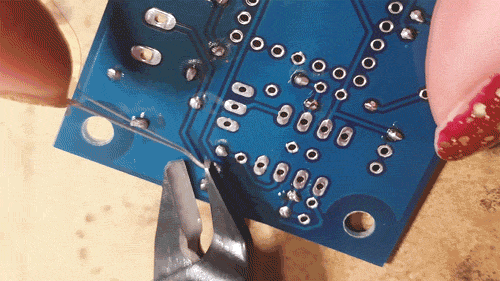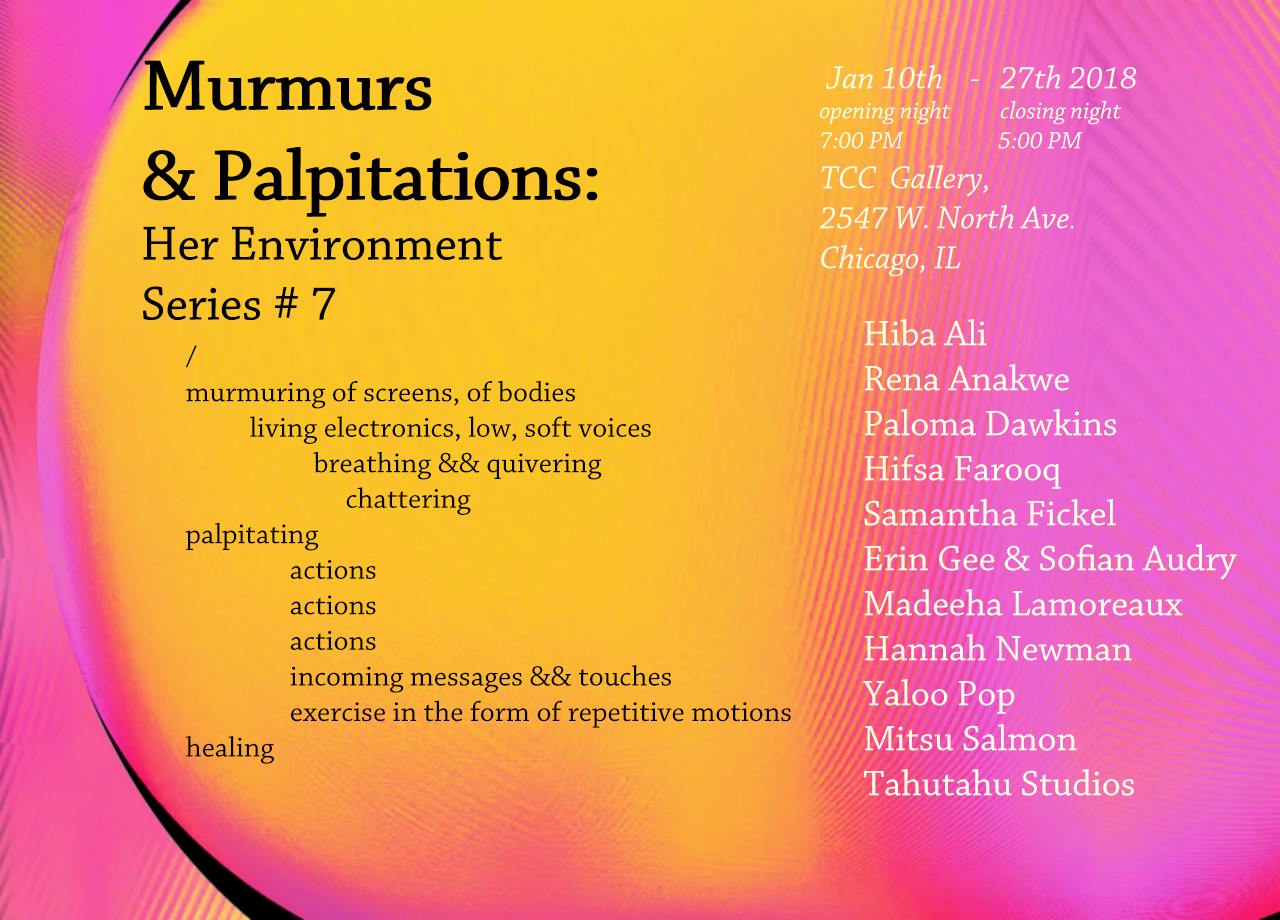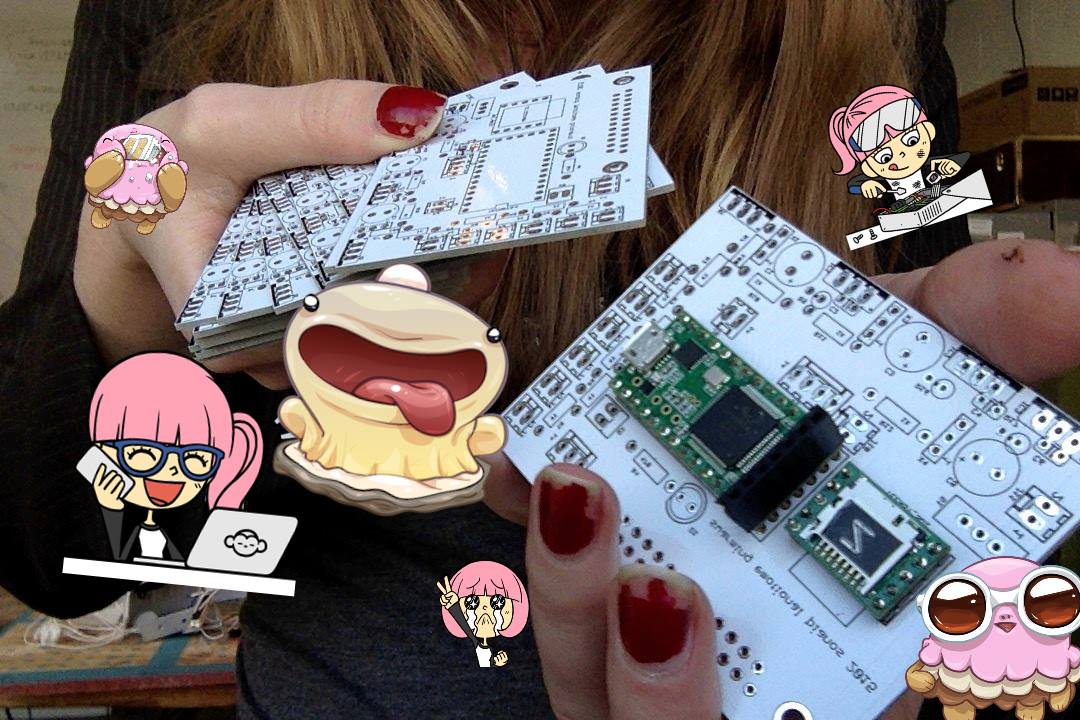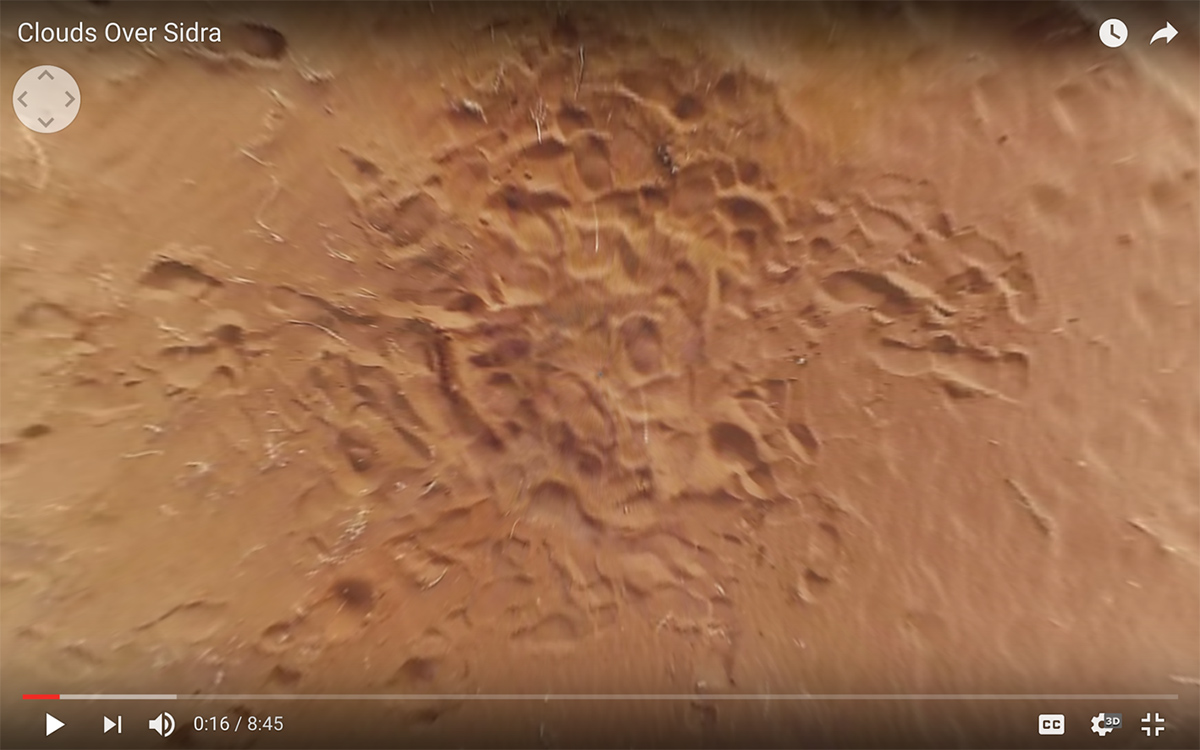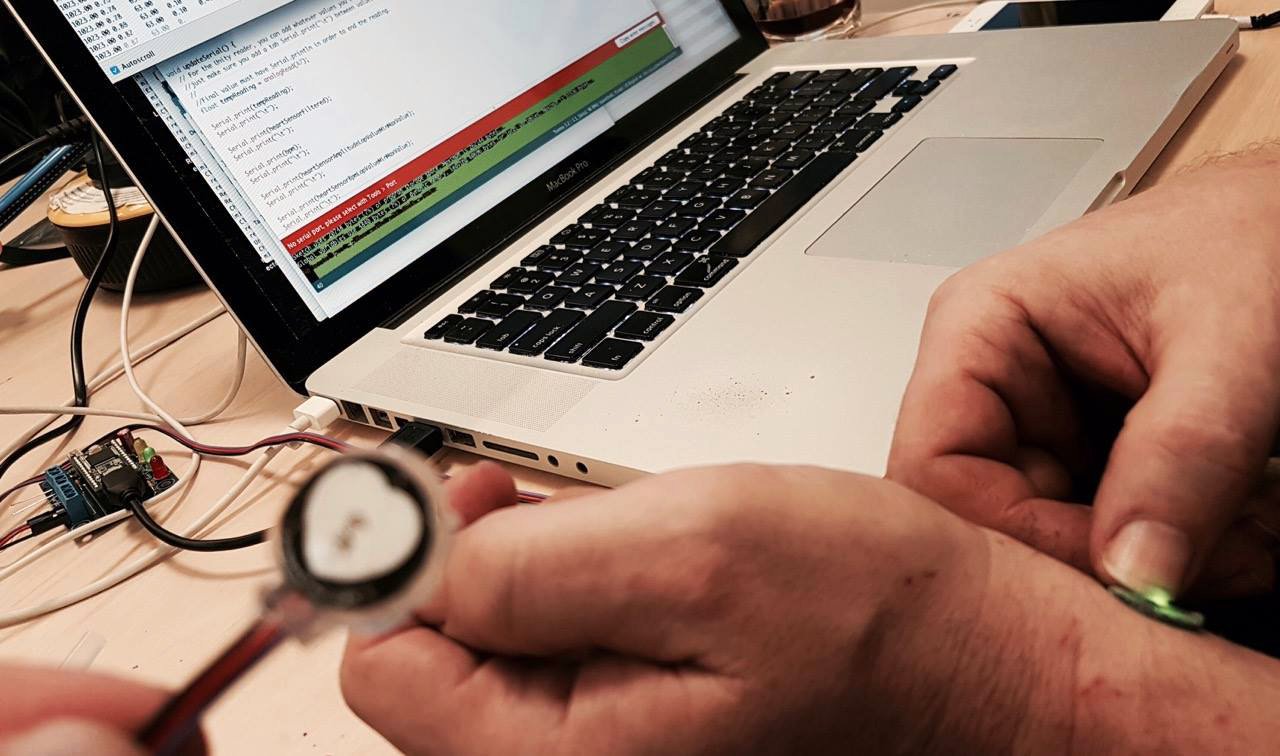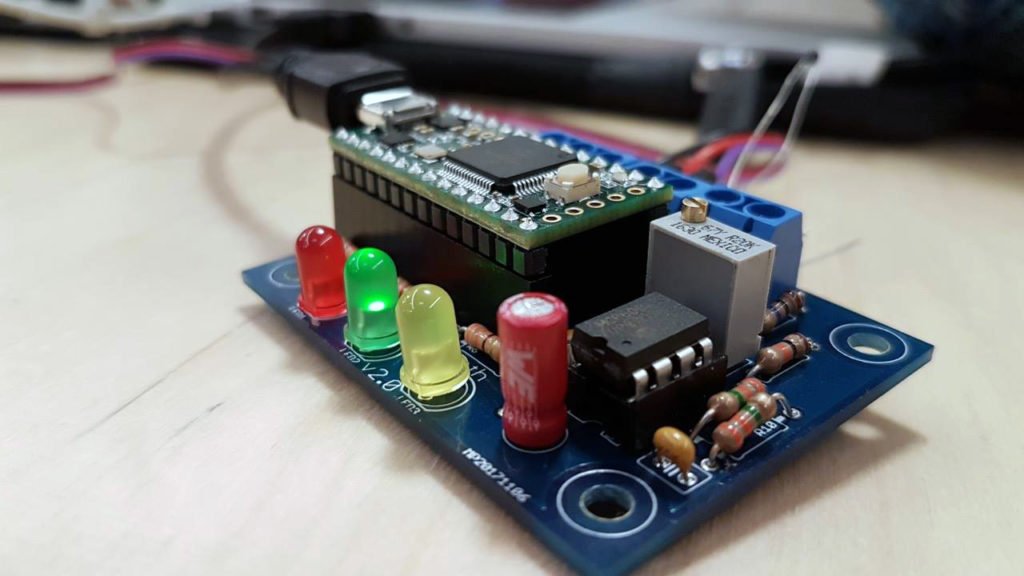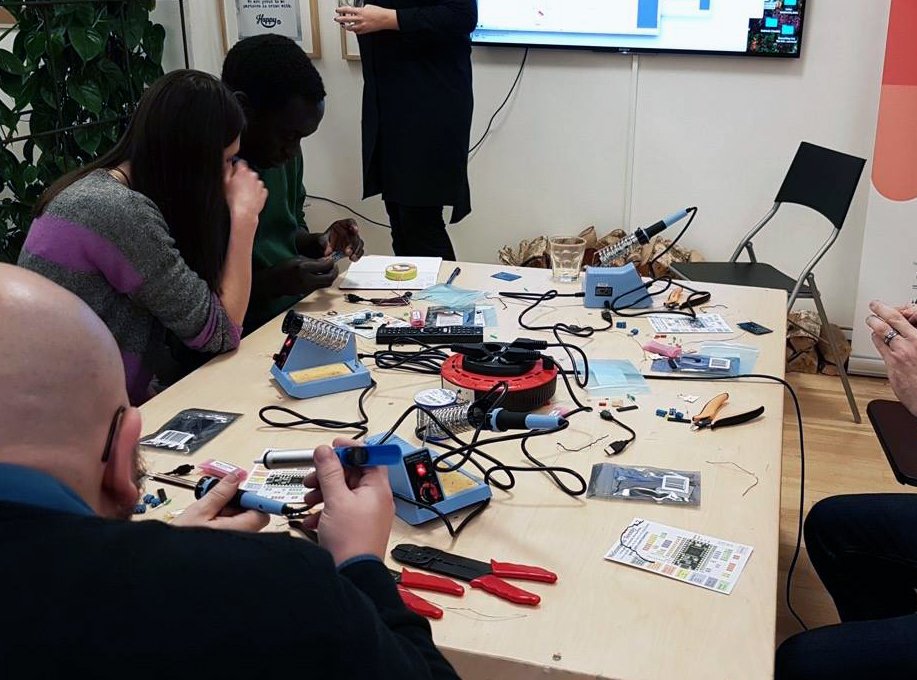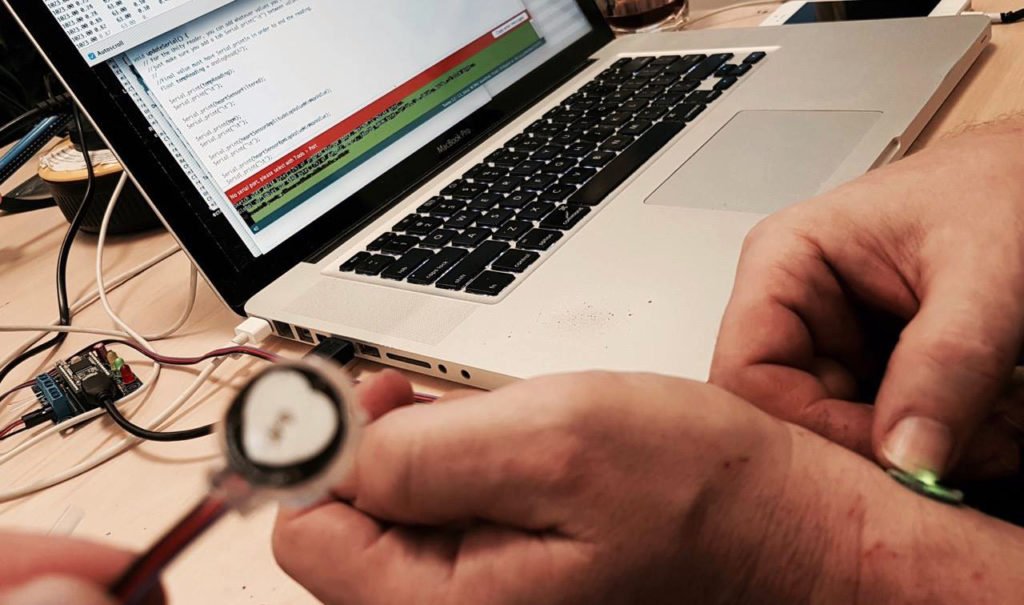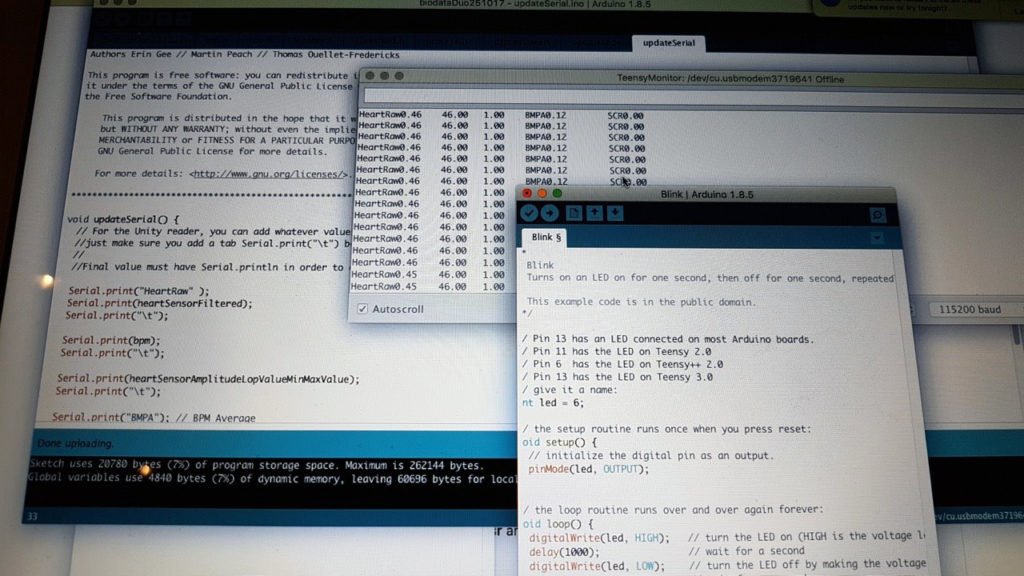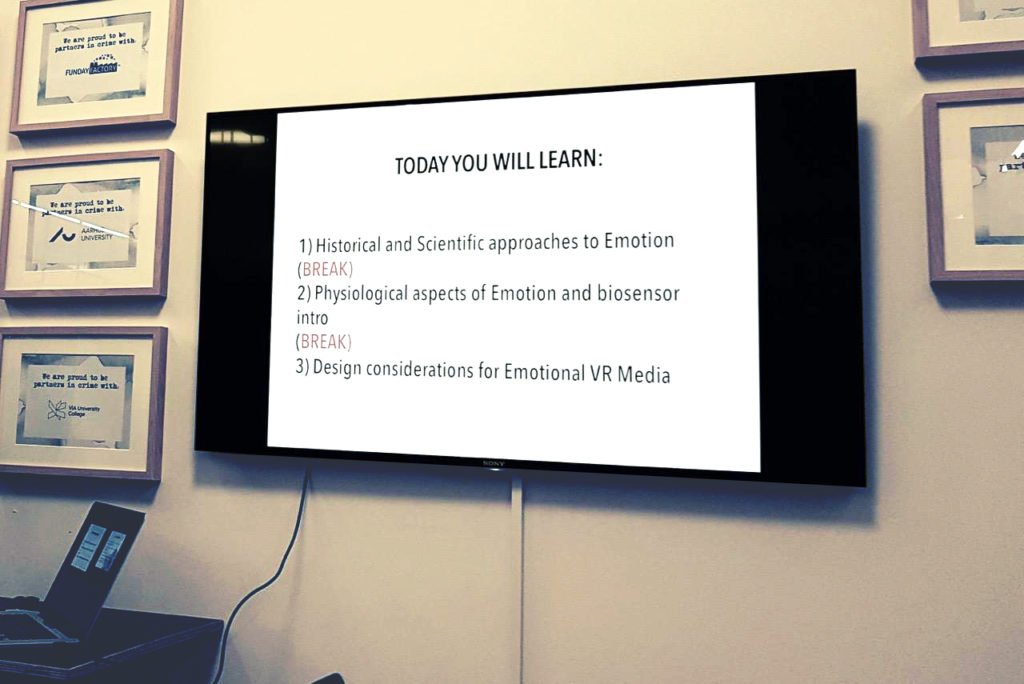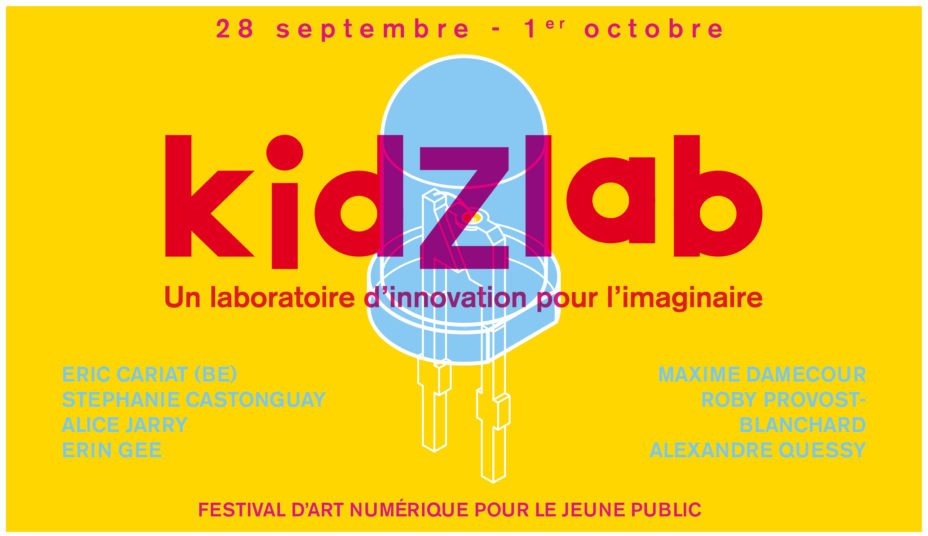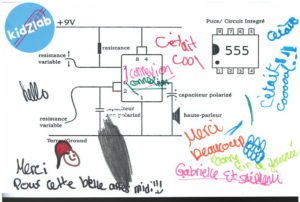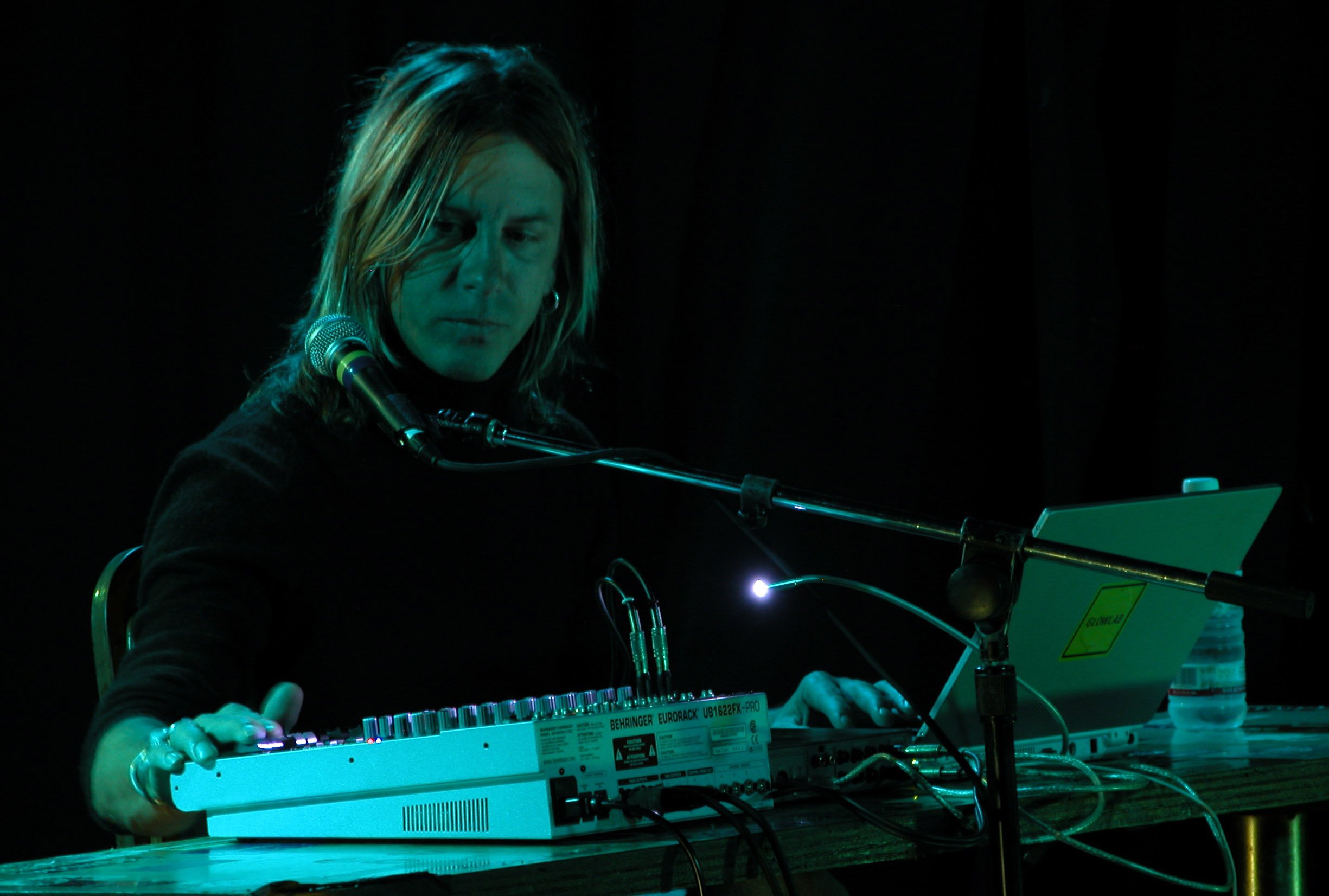Welcome to the Emotional Data and Unity/VR workshop! This workshop is hosted by Erin Gee, a Canadian artist and researcher who has worked in emotional biodata and art since 2012. She has created work for emotional biodata and robotics (Swarming Emotional Pianos, 2014), children’s choir (Song of Seven, 2017), and now for VR with her latest work Project H.E.A.R.T (2017).
She is an active promoter of open-source and feminist culture, and publishes all of her technical work (Arduino code/Unity code) under the GNU GPL 3.0.


